A magnificent country property in Northumberland that last came on to the market 300 years ago
Nunnykirk Hall offers buyers the chance to acquire a majestic, historic building with beautifully preserved period features in a secluded woodland setting.
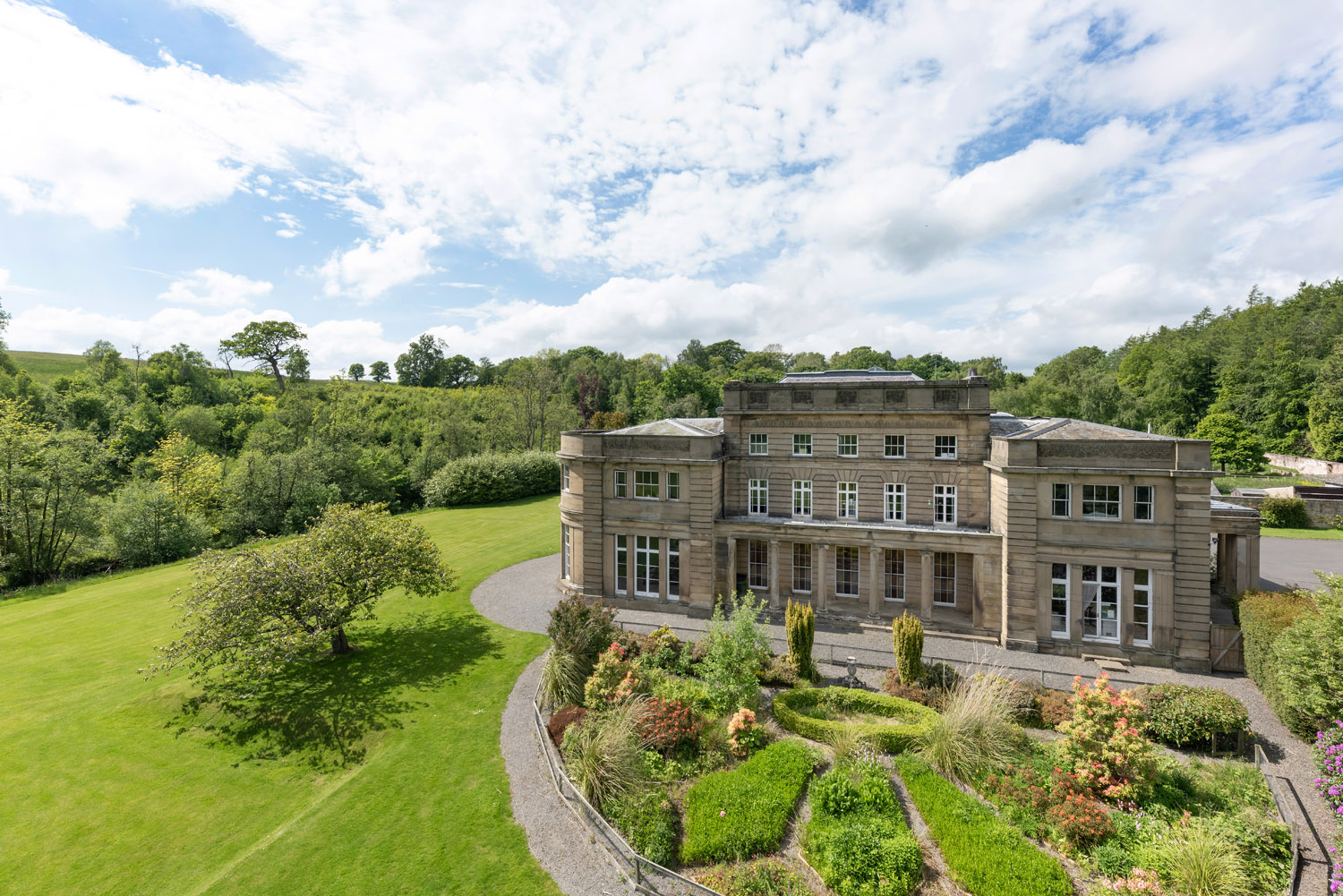
Arriving onto the market for the first time in an impressive 300 years, Nunnykirk Hall, in the village of the same name and which borders the River Font, in Northumberland, is a rare chance to purchase a Grade I-listed property that's full of history, grandeur and potential.
The property came into the vendor’s family in 1716 when it was purchased by one Edward Ward, who built a fine Queen Anne house on the site — yet seemingly not quite fine enough for his ancestors, since little more than a century later it was completely remodelled. In 1825 the esteemed north eastern architect John Dobson was brought in to create Nunnykirk Hall as it stands today. Situated in just over 7.5 acres of grounds it is a visually impressive property, prompting Pevsner to describe as ‘the finest of all Dobson’s early houses', a place with notable Greek touches, exquisite ashlar masonry and plenty of honeysuckle friezes. Nunnykirk Hall is now on the market via agents Galbraith and Savills for offers over £1.5 million.
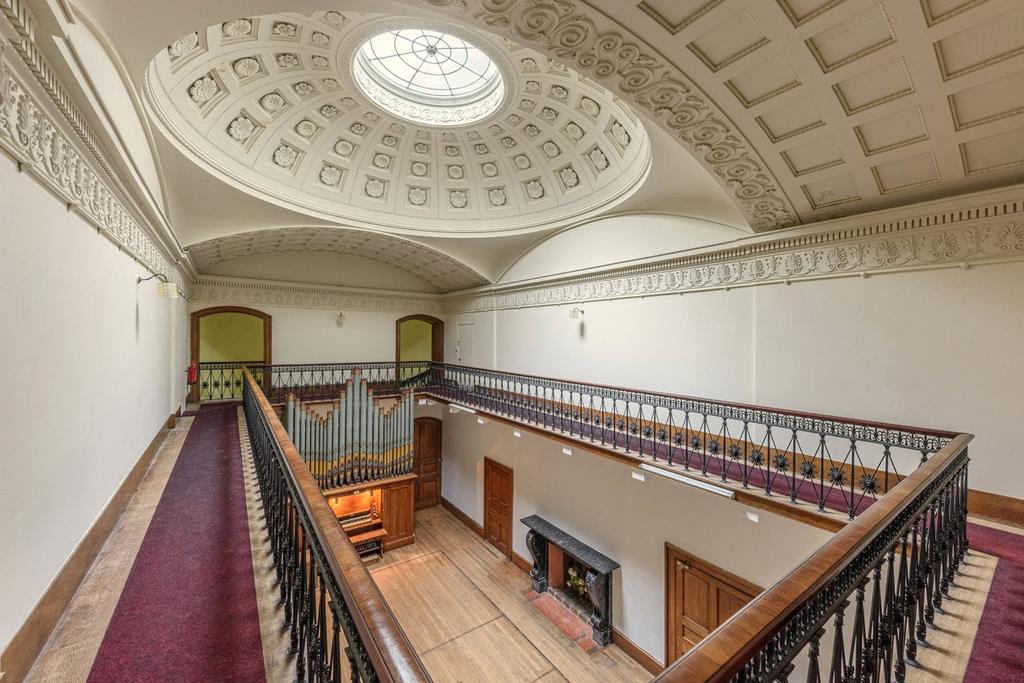
For a budget that in London would buy you a flat — perhaps this cute two-bed apartment in Little Venice — you'd be the owner of a grand home with a total of 10 bedrooms, set in eight acres of grounds.
For the past 45 years, the property has been leased and used as a school, but now the desks have been packed away, and the opportunity to acquire ‘such a well situated, attractive and historic property’ has arisen. As such, though, a lot of work is needed — but the chance to restore a property of such magnitude is a rare opportunity.
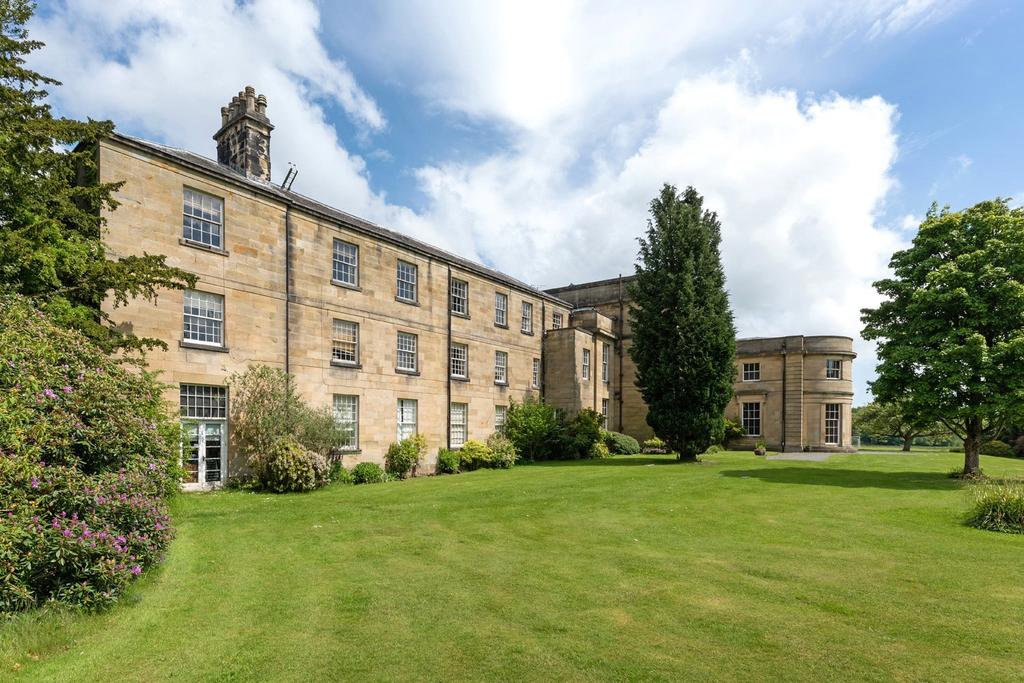
Records show evidence of dwellings on the site dating as far back as Saxon times. After the dissolution of the monasteries, the property was owned by the Grey family, before passing to the current vendor’s family in 1716 when an Edward Ward built a Queen Anne house on the site. In 1825, Mr Ward's great grandson, William Orde, commissioned John Dobson to build the house in front of us today.
An excerpt from Hodgson’s History of Northumberland, published in 1827, states that Nunnykirk was the seat of William Orde esq, located ‘on a plot of fine level land in a narrow valley, which is shut up on every side with steep woody banks, excepting the south.’
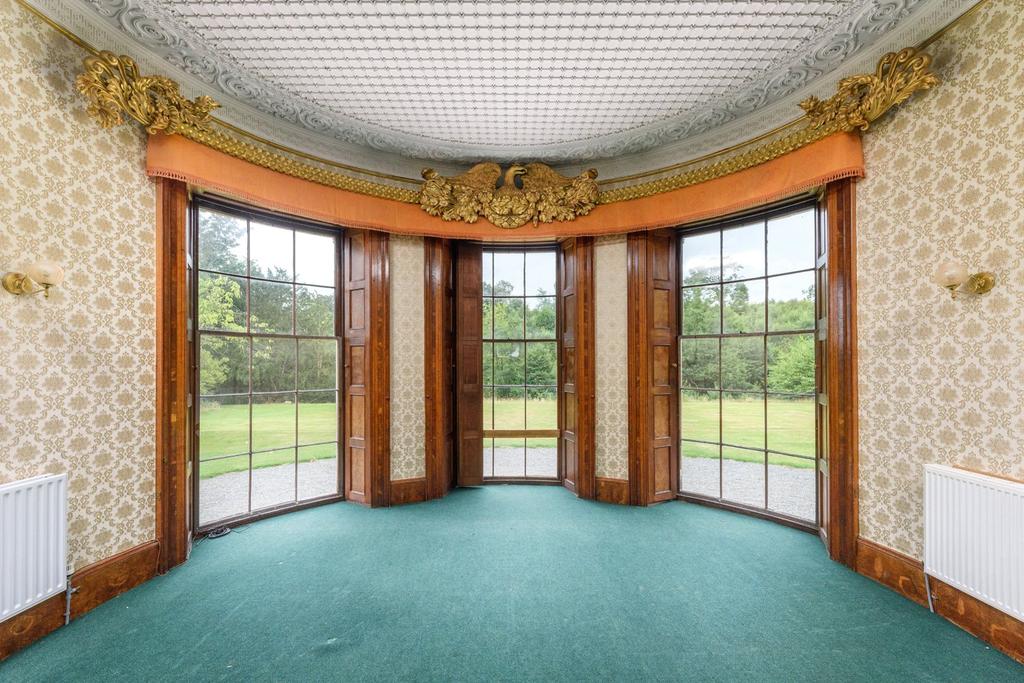
The house was leased out during the 1920s and 30s, before being requisitioned by the army during the Second World War; after which time, the family moved back in, before offering it up for lease as a school in the 1970s.
Sign up for the Country Life Newsletter
Exquisite houses, the beauty of Nature, and how to get the most from your life, straight to your inbox.
As you’d expect, the interiors showcase a wealth of period features, from the porte-cochere framed by dramatic columns which lead to the outer hall, to the coffered dome in the inner hall ceiling and semi-circular staircase with cast iron balustrade. An unusual and noteworthy feature of Nunnykirk Hall is the organ, gifted to Charles Orde in 1873, built by Forster and Andrew of Hull.
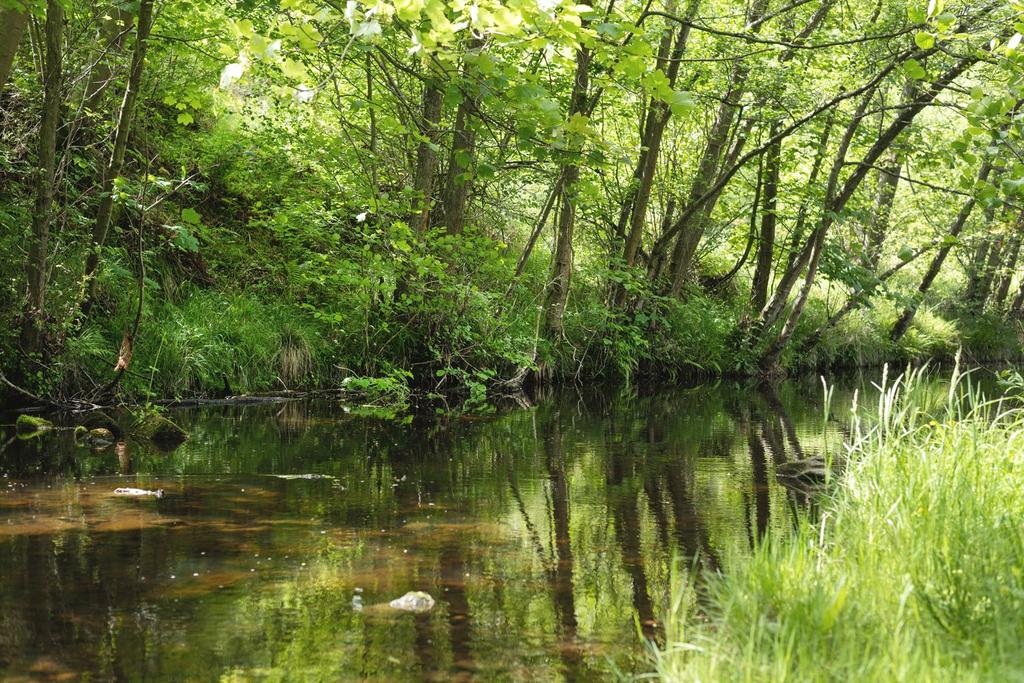
An imposing reticulated ceiling and white marble fireplace set the tone in the drawing room. As the photos suggest, some decorative work is needed to uplift the property and rid it of any lingering hints that it was ever a school (blue carpets, we’re looking at you), but the basis from which to create a fine private home or lifestyle business is strong.
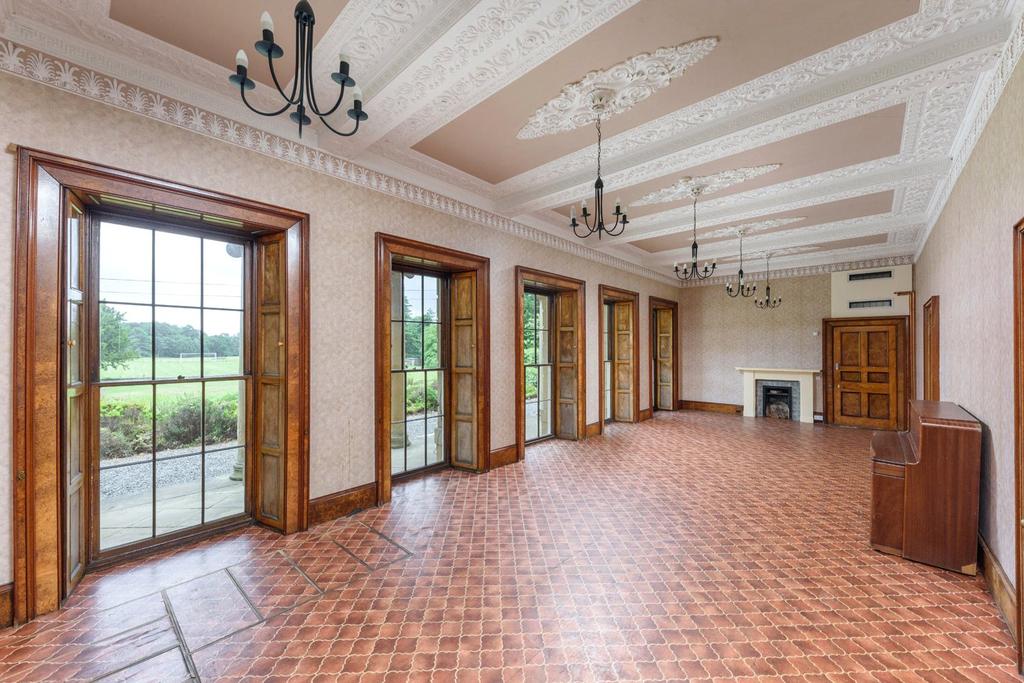
The gardens and grounds to the south and west of the property are formed of lawns which lead down to the pretty river frontage. Former school playing fields can be found to the south, and to the north is a large walled garden as well as a row of stone garages, store rooms and workshops.
A former bothy — now derelict — can be found not far from the kitchen garden, offering the potential for alternative use, and the hard-surfaced tennis court (almost derelict) could also do with a facelift.
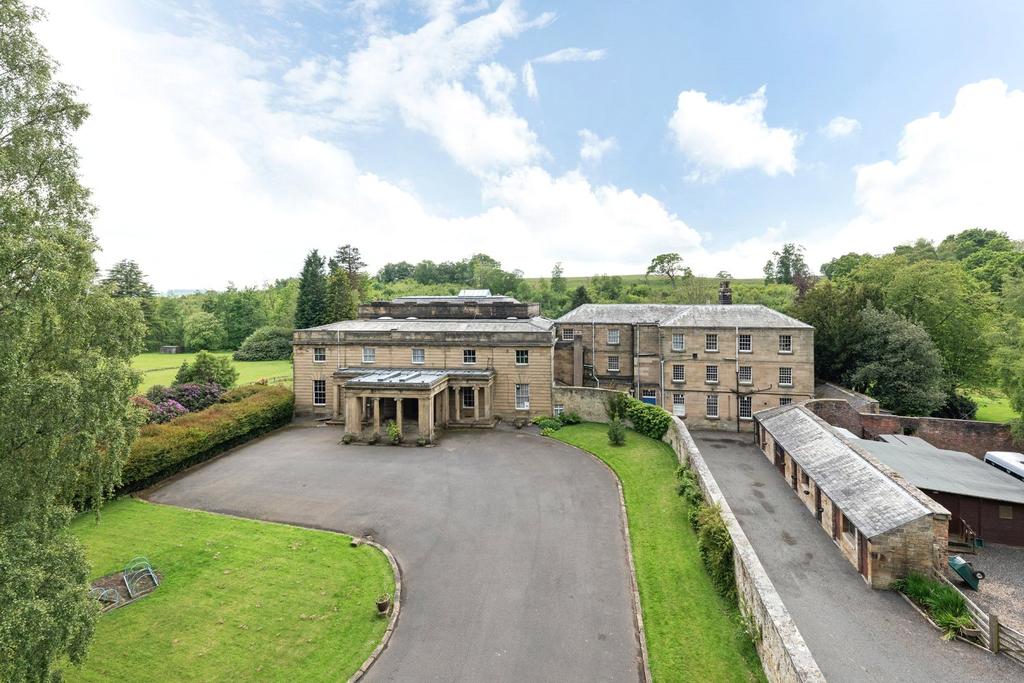
Nunnykirk Hall is currently on the market via Galbraith and Savills for offers over £1.5 million — see more pictures or enquire with the agent for further details.

Credit: Strutt and Parker
Best country houses for sale this week
An irresistible West Country cottage and a magnificent Cumbrian country house make our pick of the finest country houses for
-
 Vertigo at Victoria Falls, a sunset surrounded by lions and swimming in the Nile: A journey from Cape Town to Cairo
Vertigo at Victoria Falls, a sunset surrounded by lions and swimming in the Nile: A journey from Cape Town to CairoWhy do we travel and who inspires us to do so? Chris Wallace went in search of answers on his own epic journey the length of Africa.
By Christopher Wallace Published
-
 A gorgeous Scottish cottage with contemporary interiors on the bonny banks of the River Tay
A gorgeous Scottish cottage with contemporary interiors on the bonny banks of the River TayCarnliath on the edge of Strathtay is a delightful family home set in sensational scenery.
By James Fisher Published
-
 A gorgeous Scottish cottage with contemporary interiors on the bonny banks of the River Tay
A gorgeous Scottish cottage with contemporary interiors on the bonny banks of the River TayCarnliath on the edge of Strathtay is a delightful family home set in sensational scenery.
By James Fisher Published
-
 Six rural properties with space, charm and endless views, as seen in Country Life
Six rural properties with space, charm and endless views, as seen in Country LifeWe take a look at some of the best houses to come to the market via Country Life in the past week.
By Toby Keel Published
-
 380 acres and 90 bedrooms on the £25m private island being sold by one of Britain's top music producers
380 acres and 90 bedrooms on the £25m private island being sold by one of Britain's top music producersStormzy, Rihanna and the Rolling Stones are just a part of the story at Osea Island, a dot on the map in the seas off Essex.
By Lotte Brundle Published
-
 A home cinema, tasteful interiors and 65 acres of private parkland hidden in an unassuming lodge in Kent
A home cinema, tasteful interiors and 65 acres of private parkland hidden in an unassuming lodge in KentNorth Lodge near Tonbridge may seem relatively simple, but there is a lot more than what meets the eye.
By James Fisher Published
-
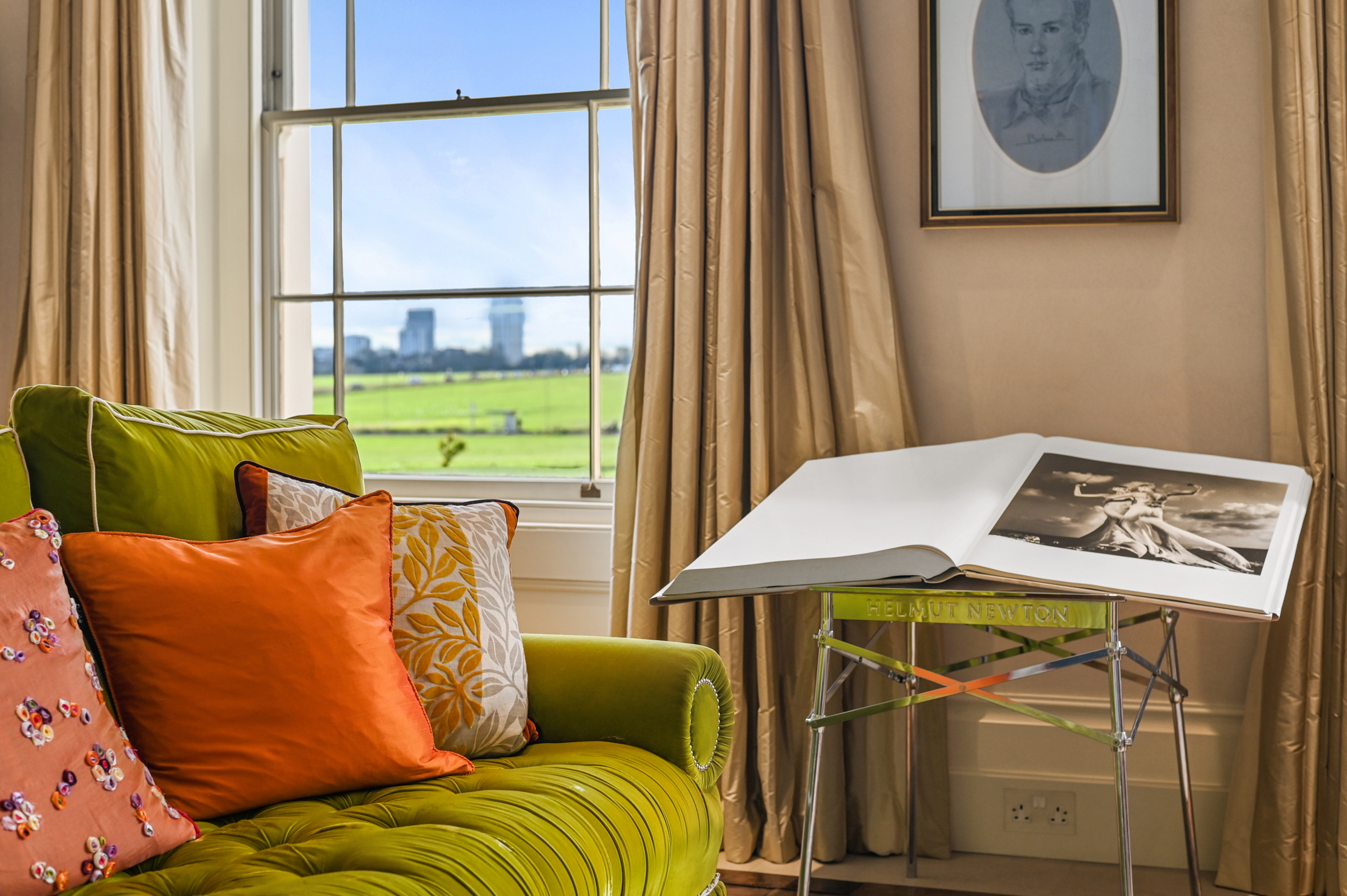 A rare opportunity to own a family home on Vanbrugh Terrace, one of London's finest streets
A rare opportunity to own a family home on Vanbrugh Terrace, one of London's finest streetsThis six-bedroom Victorian home sits right on the start line of the London Marathon, with easy access to Blackheath and Greenwich Park.
By James Fisher Published
-
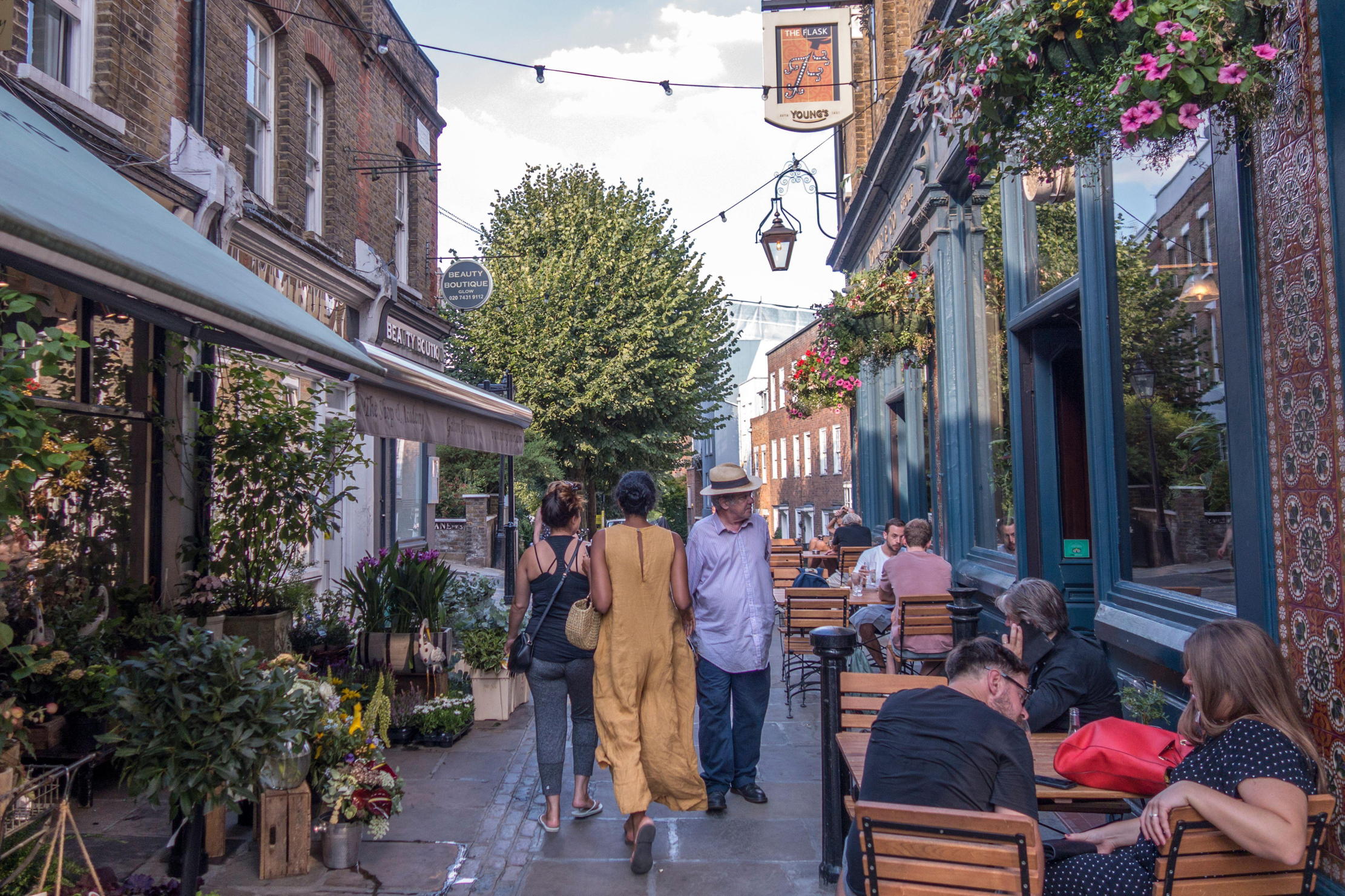 A tale of everyday life as lived on Britain's most expensive street
A tale of everyday life as lived on Britain's most expensive streetWinnington Road in Hampstead has an average house price of £11.9 million. But what's it really like? Lotte Brundle went to find out.
By Lotte Brundle Last updated
-
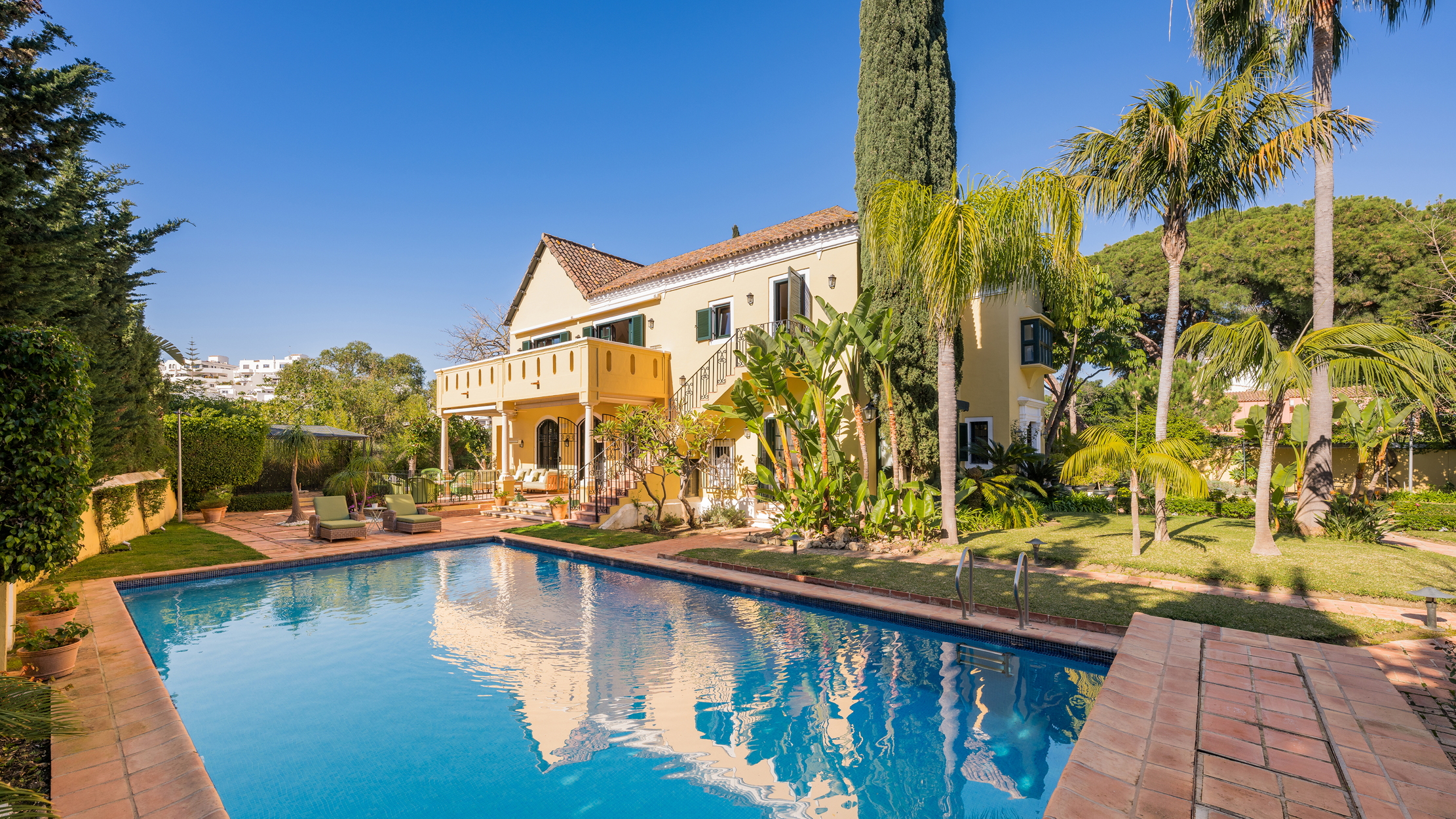 Damon Hill's former home in Marbella is the perfect place to slow down
Damon Hill's former home in Marbella is the perfect place to slow downThe glorious Andalusian-style villa is found within the Lomas de Marbella Club and just a short walk from the beach.
By James Fisher Published
-
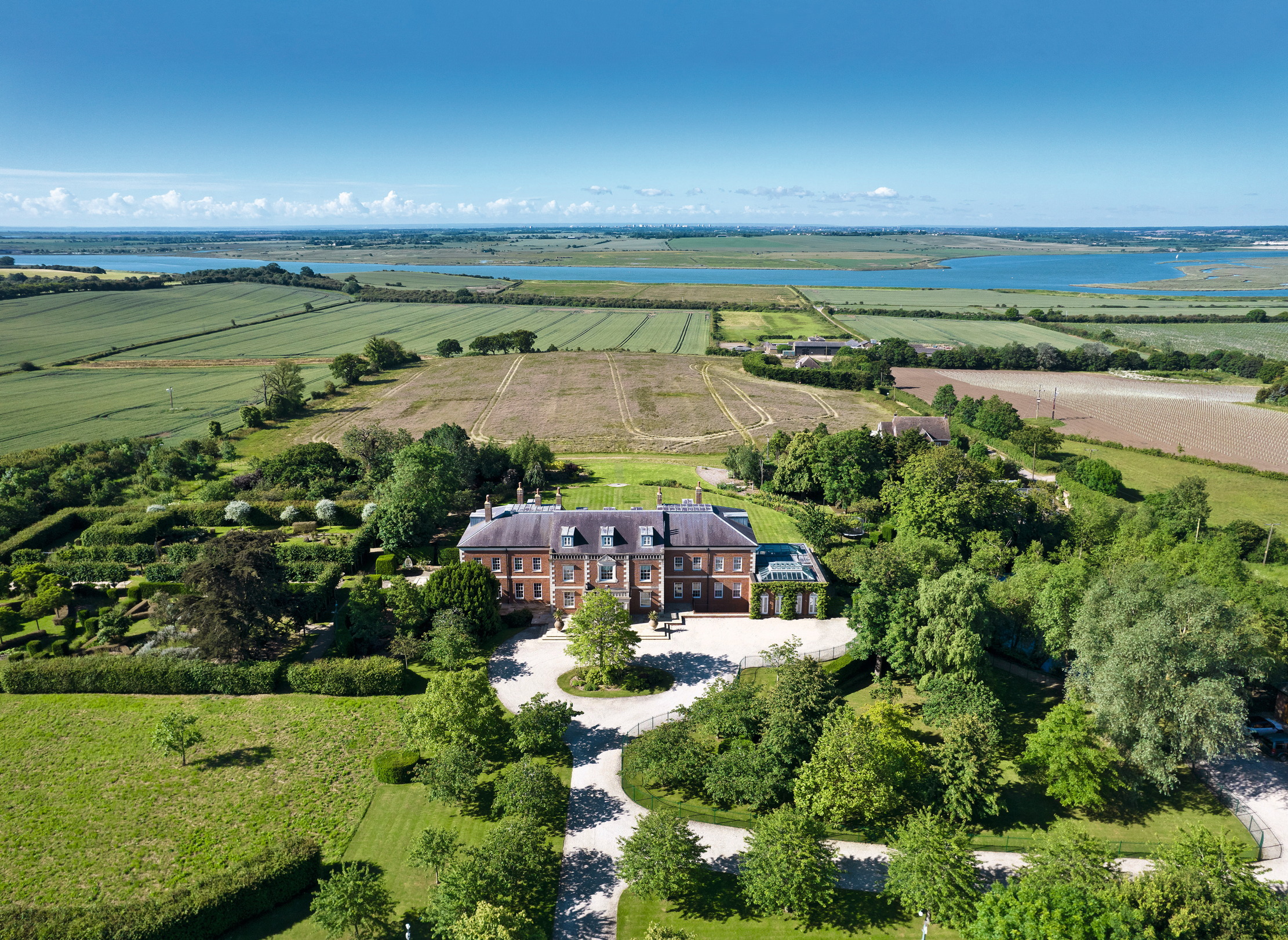 A 327-acre estate in the heart of 'England’s Côte d’Or', with a 26,000sq ft Georgian style home at its heart
A 327-acre estate in the heart of 'England’s Côte d’Or', with a 26,000sq ft Georgian style home at its heartStokes Hall in the Crouch Valley is an inspiring property looking for a new owner.
By Penny Churchill Published
